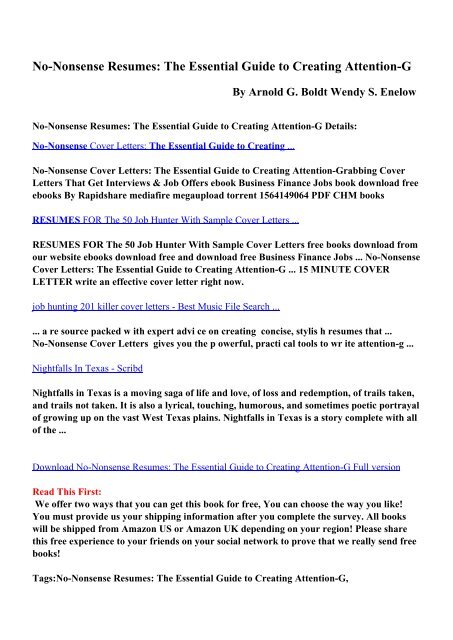

If no specification of this kind is made be sure to state that you (the person writing the cover letter) are the corresponding Author, or else specify your specific role in the writing team. If necessary, make sure that every author signs, or at least write the names of the authors involved in the project. Pay attention to any particular requests made in the Instructions to Authors. Humor is dangerous and should be left well alone. This, for quite obvious reasons, is especially important with resubmission following rejection. Always remember to change the name of the journal to the one that you are submitting to now, not the one you submitted to previously. Be careful too should you copy and paste from previous cover-letter models.

This kind of mistake can be embarrassing, to say the least. Be careful not to get the name of the editor wrong. What you can eventually do is point out how the publication of your manuscript might help offer some kind of solution to a debate that has been taking place in that journal for some time on the topic matter you deal with.ĭo not be superficial and silly. Never pay too many compliments about the editor’s incredibly fascinating and astoundingly authoritative journal. Most of all, the author nudges the editor into seriously considering the work for publication as it ‘might be of interest‘ to his readers.īe very careful with what you write in the cover letter.

The title of the manuscript has been highlighted in bold print and the line of research that resulted in the paper has also been briefly outlined. The author presents himself and his department and has taken the trouble to find out, and use in the address, the name of the current editor of the journal where he hopes to publish his research manuscript. As you can see, the letter in Figure 2 is laid out neatly and professionally.


 0 kommentar(er)
0 kommentar(er)
